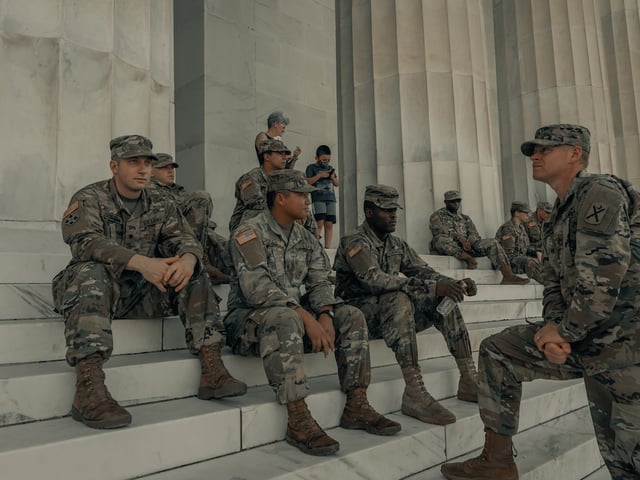
A Beginner’s Guide to Understanding ASVAB Scoring
Are you considering a career in the Armed Forces? Now is a great time to join! The military is currently seeking well-qualified recruits and offering historically high sign-up bonuses.
The Armed Forces require top-notch recruits who can meet certain physical and mental requirements. Before you can start the military career you’ve been hoping for, you must first take and pass the Armed Services Vocational Aptitude Battery (ASVAB) test. The ASVAB is one of the first ways to prove you have the skills and dedication necessary for military service.
As with other high-level tests, figuring out your ASVAB score can be confusing at first. Whether you’ve already taken the test or you’re trying to figure out how to qualify for the career of your dreams, our guide will help you understand the ins and outs of ASVAB scoring.
ASVAB Basics
The ASVAB is an aptitude test designed to find out your skills and abilities. This helps the military branches match you with a career where you can succeed and excel. It also gives them a baseline for sign-up eligibility.
This test may seem strange for people used to taking academic tests. Although it uses standard multiple choice questions, it’s scored much differently than typical academic benchmarks.
Understanding Your ASVAB Score
Academic tests weigh your performance by scoring your right answers against your wrong answers. For example, a score of 90% for 100 questions indicates you answered 90 questions correctly, but got 10 questions wrong.
The ASVAB scoring works much differently. You will have two main score categories: subtest scores and the Armed Forces Qualification Test (AFQT) score. Although these scores are separate categories, they both come from the same test.
ASVAB Scoring by Subtest
The ASVAB is divided up into subtests for specific knowledge areas. There are nine main subtests:
-
GS: General Science
-
AR: Arithmetic Reasoning
-
WK: Word Knowledge
-
PC: Paragraph Comprehension
-
MK: Mathematics Knowledge
-
EI: Electronics Information
-
AS: Auto and Shop Information (sometimes divided into AI and SI)
-
MC: Mechanical Comprehension
-
AO: Assembling Objects
The Verbal Expression (VE) category is also used for many career scores. It’s calculated by adding your scores from the Paragraph Comprehension and Word Knowledge subtests.
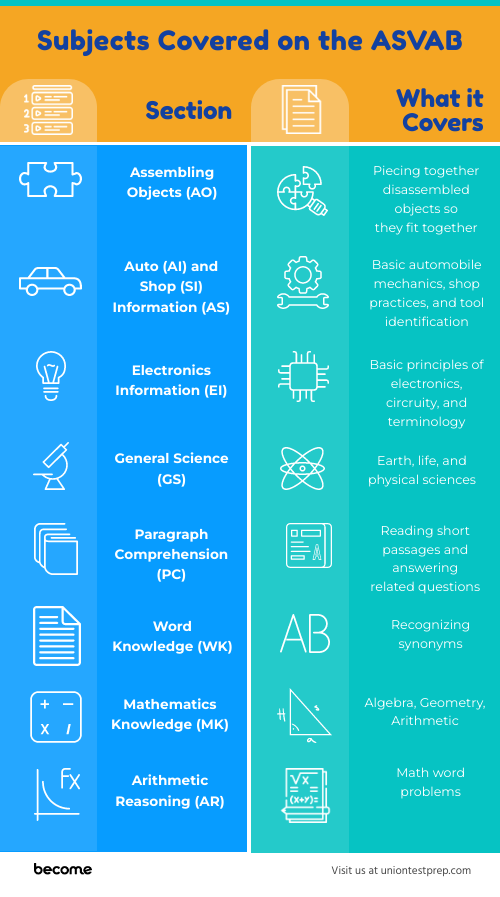
Your qualifying career fields come from your subtest scores. Every career uses a specific formula, generally called a line score. Each branch, however, uses its own terminology and formula design, which is why it can be confusing to people unfamiliar with military lingo.
It’s important to note that Numerical Operations (NO) and Coding Speed (CS) are phased out of ASVAB tests but are still included in many line score references. Your recruiter will be able to tell you more about how these categories affect your ASVAB scoring.
Line Scoring Guide
When using online military score guides, always remember that these requirements are rarely static. Changes can come so fast or unexpectedly that even official websites struggle to keep up.
ASVAB scoring guides can help you interpret your score results, but are not a guarantee for certain careers. It’s crucial to check with official sources and work with your recruiter for the exact and current requirements of the career(s) you’re interested in pursuing.
Army
The Army uses a Military Occupation Specialty (MOS) code to designate their careers and specialties. There are currently over 150 specialties, each with its own associated line score minimums.
The UA uses 10 specific line scores:
-
CL: Clerical
-
CO: Combat
-
EL: Electronics
-
FA: Field Artillery
-
GM: General Maintenance
-
GT: General Technical
-
MM: Mechanical Maintenance
-
OF: Operators and Food
-
SC: Surveillance and Communications
-
ST: Skilled Technical
These line scores are calculated by adding specific subtests together:
-
CL= VE + AR + MK
-
CO= AR + CS + AS + MC
-
EL= GS + AR + MK + EI
-
FA= AR + CS + MK + MC
-
GM= GS + AS + MK + EI
-
GT= VE + AR
-
MM= NO + AS + MC + EI
-
OF= VE + NO + AS + MC
-
SC= VE + AR + AS + MC
-
ST= GS + VE + MK + MC
MOS qualifications depend on one or more line scores. For instance:
-
Combat Engineer: CO = 87
-
Geospatial Engineer: GT = 100 and ST = 100
-
M1 Abrams Tank Maintainer: MM = 88 and GT = 85, or MM = 99
The Army may also require additional tests based on MOS skills. Human Intelligence Collectors, for example, must meet a certain score on either two exams: the English Comprehension Level Test (ECLT) or the American Language Course Placement Test (ALCPT).
Air Force
Each Air Force career has an associated letter and number combo referred to as an Air Force Specialty Code (AFSC). Instead of line scores, the USAF uses “qualification areas” to determine eligibility for their AFSCs.
There are four main qualification areas:
-
G: General
-
A: Administrative
-
M: Mechanical
-
E: Electrical
These qualifications are the sum of certain subtest scores:
-
G= VE + AR
-
A= NO + CS + VE
-
M= AR + 2x VE + MC + AS
-
E= AR + MK + EI + GS
There are currently 80 careers available through the official USAF site, and over 125 AFSCs. You may qualify for a career based on one or more of your qualification area scores. For example:
-
Explosive Ordnance Disposal: M47 & G50
-
Aerospace and Operational Physiology: A48
-
Radar, Airfield & Weather Systems: E65, or M50, or A0
-
Security Forces: G30
In addition to ASVAB and qualification area scores, each career may have additional testing or education requirements. Search and Rescue (SERE) candidates, for instance, must also score an 11th-grade reading level on the Air Force Reading Abilities Test (AFRAT).
Navy
Navy careers are referred to as ratings. Each rating has an associated Navy Enlisted Classification (NEC) code.
There may be several NECs for one rating based on specific job skills within the rating. A Navy service member may also hold multiple NECs.
Navy rating scores add up the relevant subtest scores for each specific rating:
-
Electronics Tech: AR + MK + EI + GS = 223
-
Fireman: AR + MK + MC + VE = 205, or AR + AS + MK + VE = 200
-
Legalman: VE + MK = 105 with a minimum VE = 52
The Navy currently has over 150 roles to choose from, according to its official site. Some ratings require additional specialty tests.
For example, the Cryptologic Interpretive (CTI) requires the Defense Language Aptitude Battery (DLAB) aptitude test. This exam is to see how well you learn other languages.
Recruits who want to go into nuclear fields are required to take the Navy Advanced Programs Test (NAPT). This helps nuclear program managers determine if recruits have the advanced math, physics, and engineering skills that aren’t included in the ASVAB but required for their field.
Marine Corps
Like the Army, the Marine Corps uses MOS codes and line scores. Also like the Navy, MOS codes are used for both careers and many different specific skills and training qualifications](/asvab/blog/what-do-marines-do).
The USMC currently has four main areas to determine MOS title codes:
-
CL: Clerical
-
EL: Electronics
-
GT: General Technical
-
MM: Mechanical Maintenance
Each category is made up of applicable subtest scores:
-
CL= VE + AR + MK
-
EL= GS + AR + MK + EI
-
GT= AS + EI + MC
-
MM= GS + VE + MK + MC
USMC line scores are very straightforward. Only one minimum score is generally required for each MOS, although some have two:
-
Basic Infantry: GT = 80
-
ALIMS Specialist: GT = 110 and EL = 115
-
Postal Clerk: CL = 100
-
Expeditionary Airfield Systems Tech: MM = 95
Like other branches, certain MOS codes may require additional tests. The USMC also has the highest standard for fitness, including three physical tests:
-
Initial Strength Test (IST)
-
Physical Fitness Test (PFT)
-
Combat Fitness Test (CFT)
USMC service members are expected to meet fitness standards regardless of MOS or rank. Your fitness test score will be just as important as your ASVAB scores.
Coast Guard
The previous four branches fall under the Department of Defense (DoD). The Coast Guard is the only Armed Forces branch that falls under the Department of Homeland Security (DHS).
USCG enlistment is similar to the other Armed Services, especially the Navy. However, they are also more selective about certain requirements.
The USCG uses the same rating and NEC code system as the Navy, although they may differ by branch requirements. For example,
-
Boatswain’s Mate: VE + AR = 101
-
Electronics Technician: MK + EI + GS = 171 with min AR = 52, or AFQT = 66
-
Marine Science Technician: VE + AR = 115 with min MK = 58
In 2021, the USCG lowered ASVAB score requirements for their A-schools (Accession training), so make sure to double-check exact rating requirements with your recruiter.
Understanding AFQT Scores
In addition to subtest scores, the ASVAB uses a baseline score for enlistment purposes. This is referred to as your AFQT score. It’s calculated by adding up four subtest scores:
-
Word Knowledge
-
Paragraph Comprehension
-
Arithmetic Reasoning
-
Mathematics Knowledge
An AFQT score is not based on a percentage of right answers. It’s based on the performance of a representative sample of test takers.
An ASVAB score of 75, for example, means you scored at or above 75% of the representative sample. It does not mean you answered 75% of the questions correctly on the test.
AFQT Scoring and Enlistment
Every branch maintains an AFQT minimum you must meet to sign up for service. These minimums change often depending on the needs of each branch.
A branch may lower or waive the minimum if they are struggling to meet enlistment goals for the fiscal year. Or they may raise requirements if they’re overmanned.
The current AFQT score categories are:
-
I: 93-99
-
II: 65-92
-
IIIA: 50-64
-
IIIB: 31-49
-
IVA: 21-30
-
IVB: 16-20
-
IVC: 10-15
-
V: 1-9
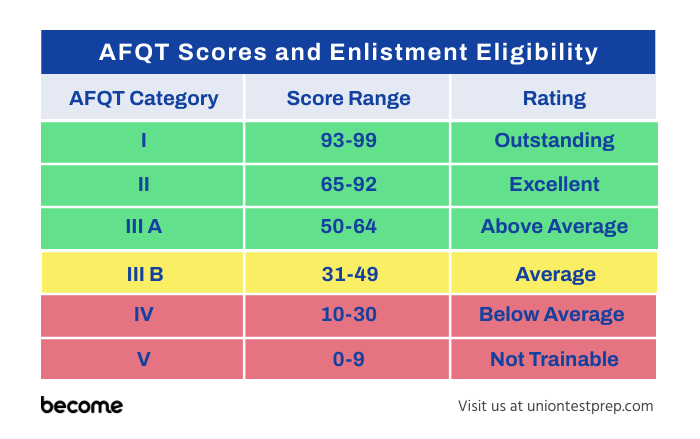
Most branches require IIB or higher for high school graduates. GED holders are usually required to score in IIA or above. Each branch also caps the percentage of GED holders that can enlist.
Some branches are easier for GED holders to join than others. The Army in particular will frequently change their GED and high school requirements, so always make sure you get the most up-to-date information from your recruiter.
Scoring High on the ASVAB
The best way to reduce qualification anxiety is to score as high as you can on the ASVAB. The higher the score, the more career qualifications you meet.
Some requirements may even be waived. For example, the Navy occasionally allows CTI candidates to skip the DLAB if they score high enough on the AFQT. Your recruiting station may also be more willing to work with you on requirements in other areas, such as medical and fitness.
Find Your Current ASVAB Score
The key to high ASVAB scoring is preparation. Practice tests can help pinpoint how you currently stack up on the ASVAB subtests.
If you’ve already taken the ASVAB and are dissatisfied with your score, you may be allowed to re-test. Your recruiting station can tell you more about your prospective branch requirements for re-tests.
Strategize Your ASVAB Studying
Once you have a starting point for your current ASVAB scoring, you can plan your study strategy more efficiently. You may score high on math and arithmetic, for example, but struggle with words and electronics.
Experts recommend more than reading study material to learn. You should also utilize skills like active memory recall, where you pull the answer from your memory instead of “recognizing” a multiple-choice answer. This helps shift knowledge into your long-term memory.
There are many study tools that use active memory recall. ASVAB flashcards are a prime example. You can also flip the order of flashcards to stretch your brain muscles even further.
ASVAB Test-Taking Tips
Your headspace is also critical to your test-taking success. If you’re tired and/or hungry, it can affect your concentration and memory. Test anxiety can also cloud your critical thinking skills.
There are numerous tips and guides to help you increase your test performance. They can also help you find the best routine for test-taking, since your prospective military career will have regular physical and ranking tests.
Important tips to observe include:
-
Eat nutritious food the night before
-
Get a good night’s sleep (no cramming!)
-
Eat a healthy meal and drink plenty of water before the test
-
Avoid sugars, carbs, and excessive stimulants (coffee, energy drinks, etc.)
-
Find strategies to minimize anxiety and stress
You can also try some light exercises before the test. Studies have shown physical activity can give your brain a concentration boost, as long as you don’t overdo it.
Are You Ready to Take Control of Your Military Career?
ASVAB scoring is a straightforward process once you have the basics. The military is constantly changing its requirements, however.
If you want to qualify for your dream military job, a high ASVAB score is your best strategy. Sign up today to take advantage of our free ASVAB study resources!
Keep Reading
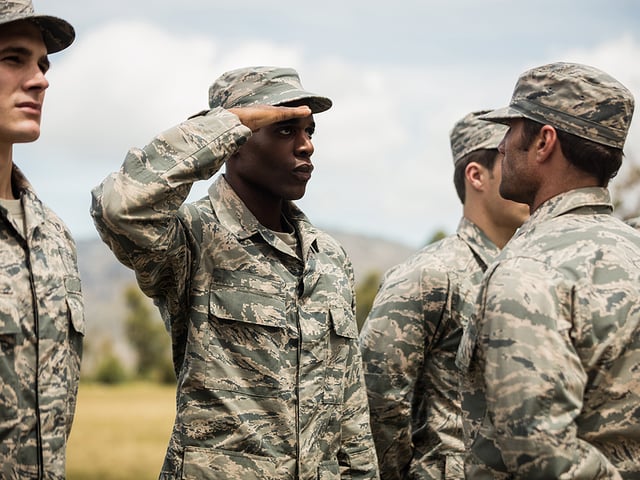
Armed Services Vocational Aptitude Battery Blog
What is the ASVAB Test?
The Armed Services Vocational Aptitude Battery, known as the ASVAB, is …
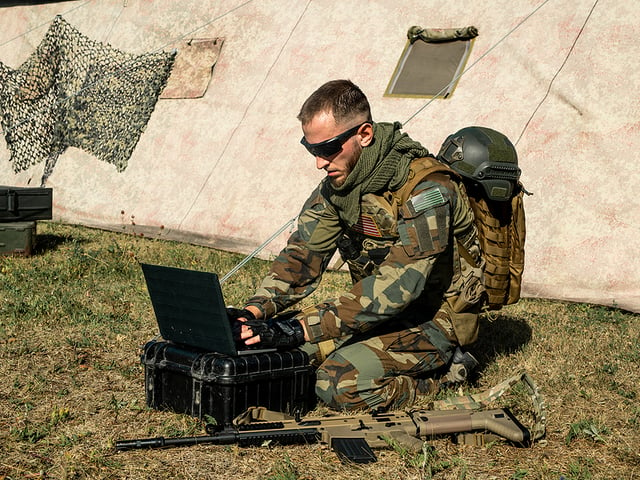
Armed Services Vocational Aptitude Battery Blog
Military MOS Codes
Military Occupational Specialty (MOS) codes are an integral part of the…
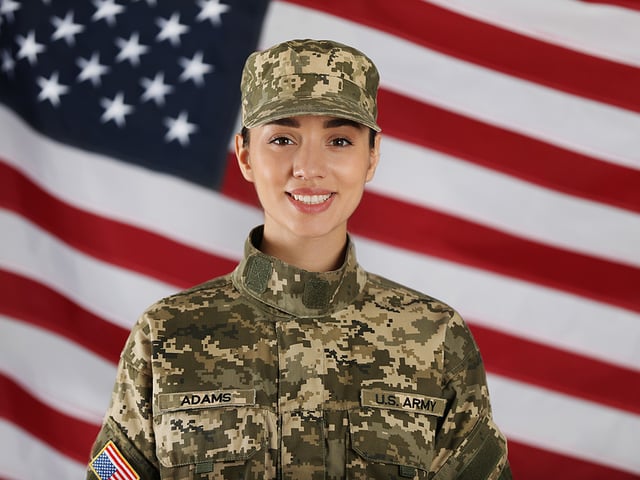
Armed Services Vocational Aptitude Battery Blog
U.S. Army Height and Weight Standards for Females
The U.S. Army’s commitment to maintaining a robust, physically fit, and…